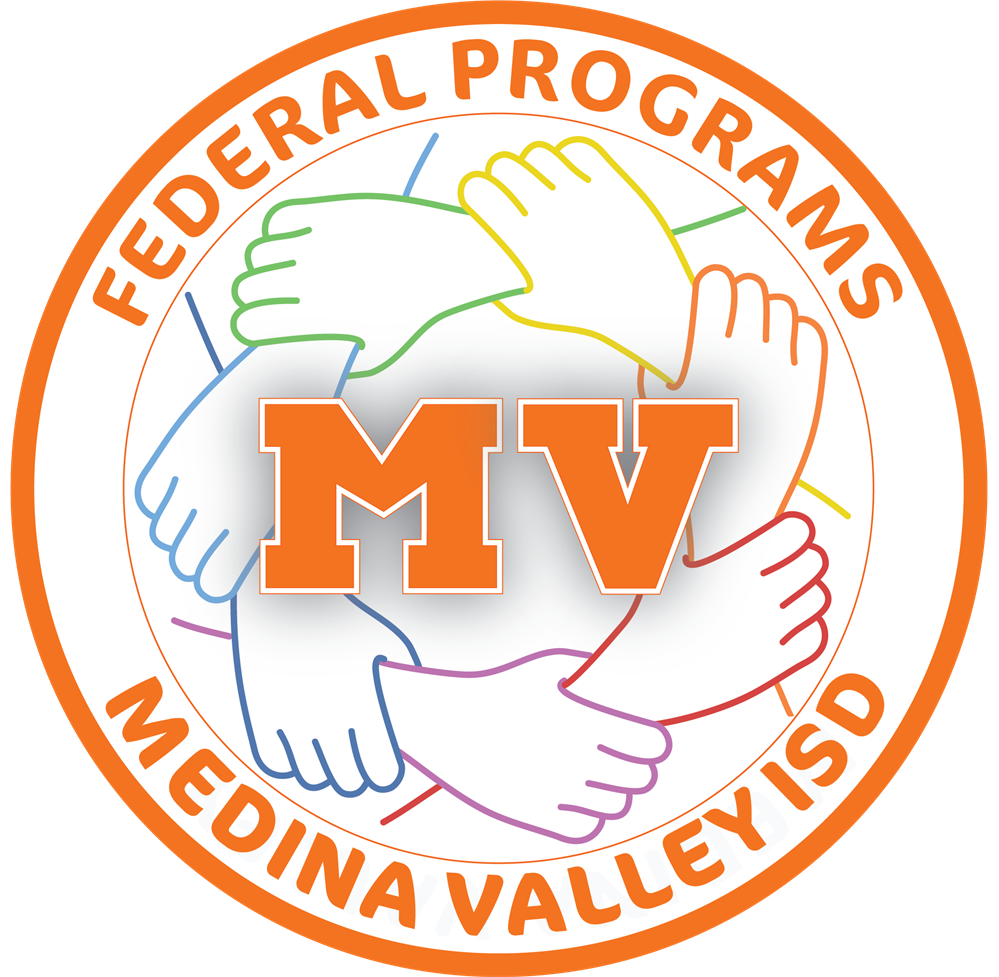Federal Programs

Our mission is to promote student academic achievement and preparation for global competitiveness, to foster educational excellence, and ensure equal access by providing supplemental assistance to all MVISD campuses.
Our vision is to continue ongoing broad-based planning and shared decision-making for essential quality programming.
Public Notice & Comment on the use of Federal Funds
In accordance with federal regulations, a school district planning to submit a federal grant application must offer a reasonable opportunity for public comment on the application before it is submitted to the Texas Education Agency for approval.
Student & Family Support Brochure

